My humblest inspirations seem to occur in the autumn when I’m putting the garden to bed.
It’s fall and the garden says, “I am growing old.” The potato vines are limp and the tubers huddle underground in their rough, weather-proof skins, waiting to be dug. Is there any greater treasure hunt than digging for potatoes with your hands? The calendula flowers have withered, transitioning to seeds faster than I can snip them off. So I let them have their way.
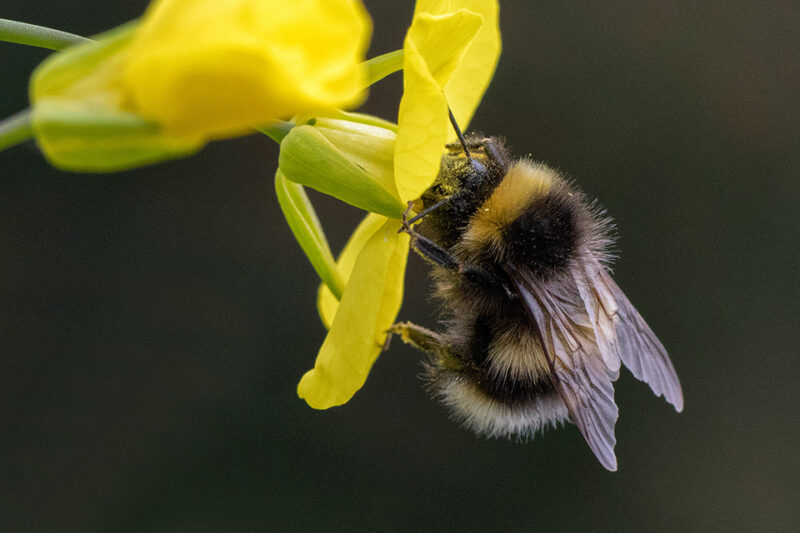
Meet the white-tailed bumblebee, one of a dozen or so wild bees that frequent Alaska’s skies and flowers. This is a female bee. You can tell by the number of segments (12) on her antennae. Males have 13. Marion Owen photo
A large spray of mustard greens, tipped with bright yellow flowers that tower over me, continues to lure pollinators in for the last supper. It’s no accident that a few plants are going to seed. Every year I purposefully pass over a few broccoli and kale plants and allow them to mature. It’s my gift to late foraging bumblebees and flies, and selfishly, I’m able to stretch my opportunities to photograph them.
So these days, I tend to lug my camera out to the garden more frequently, hoping to capture the last bee, the last fly, the last bug. I watch for White Butt, a fuzzy, white-tailed bumblebee adorned with a white band on its behind.
In the high tunnel, I yank out the last vining tomatoes and I’m reminded of the tenacity of plants and their relentless urge to grow. Hidden behind the vertical cucumbers that have climbed up blue and red strings, I find clumps of tomato seedlings. They look like miniature forests. Time-elapsed photography would have revealed a ripe cherry tomato smashing on the ground and spilling seeds on welcoming soil.
I think of a time in the late 1980s when I was hired by Alaska magazine to do a story about Juneau gardeners. At one of the gardens I visited, a trellis, covered by honeysuckle vines, greeted me at the garden gate, their pink and white flowers stopped me with their sweet fragrance.
“Would you like a cutting?” asked my host. “I can put it in a plastic bag for you.”
When I got home, I planted the sprig behind the golden chain tree. And there it suffered in the dappled shade, ignored and forgotten for almost seven years Then one day, while weeding next to the house, I came across some out-of-place, but vaguely familiar leaves. “Oh my God. I don’t believe it.”
I dug up the shoot and gave it a spot in the sun, where it flourishes to this day.
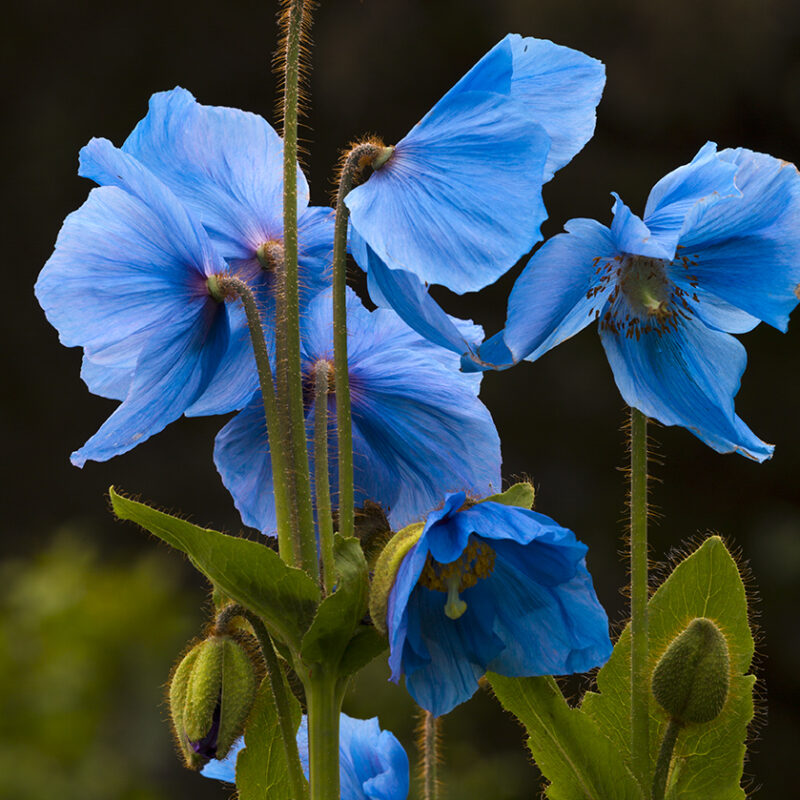
A top-of-the-world plant that thrives in cold climates, blue poppies are one of my favorite flowers. As such, I admit to growing them in locations around the garden that provide the best camera angles! Marion Owen photo (reprints available)
And sometimes I can only apologize to a plant when I lop a branch off accidentally. “Sorry,” I whisper, “I just did one of those stupid human things,” and it continues to grow, in spite of my foibles.
The garden is one of my teachers and I can’t help but nod my head to Luther Burbank’s wisdom. Here was a man who, as a botanist, horticulturist and pioneer in agricultural science, developed more than 800 strains and varieties of plants (including the Shasta daisy and the russet Burbank potato ) over his 55-year career. He regularly meditated and baffled fellow scientists by shirking traditional scientific research methods, preferring to follow his intuition and keep scant notes on napkins and scraps of paper.
“There is no other door to knowledge,” he said, “than the door Nature opens; and there is no truth except the truths we discover in Nature.”
Speaking of discovery, we’re entering the season when we can look forward to the planning of next year’s raised beds, containers, hoophouses and hanging baskets. A little wiser from another year of experience, I think it’s one of the most pleasant occupations in the gardening calendar.
Vita Sackville-West, English poet, novelist and garden designer (1892-1962) said of fall garden tasks:
“This should make October and November particularly pleasant months, for then we may begin to clear our borders, to cut down those sodden and untidy stalks, to dig up and increase our plants, and to move them to other positions where they will show up to greater effect.”
“People who are not gardeners always say that the bare beds of winter are uninteresting; gardeners know better, and take even a certain pleasure in the neatness of the newly dug, bare, brown earth.”
Miracles happen in that bare, brown earth. Take cuttings, for example. Propagating plants by cuttings is nothing short of miraculous. Beverley Nichols, author of “Down the Garden Path,” one of the world’s best-loved and most-quoted gardening books, was also amazed by the miracle of starting new plants from severed twigs.
He described it in human terms, perhaps to jolt us into appreciating the plant kingdom.
“It is exactly as though you were to cut off your wife’s leg, stick it in the lawn, and be greeted on the following day by an entirely new woman, sprung from the leg, advancing across the lawn to meet you.”
“Surely you would be surprised if, having snipped off your little finger, and pushed it into a flower pot, you were to find a miniature edition of yourself in the flower pot a day later?”
At times I’m humbled and surprised by how much my own yearly plans revolve around plants. Maybe not quite to the extent though of what’s described in “The Botany of Desire: A Plant’s-Eye View of the World.” Journalist Michael Pollan presents case studies that mirror four types of human desires that are reflected in the way that we selectively grow, breed, and genetically engineer our plants: The tulip beauty, marijuana intoxication, the apple sweetness and the potato control.
For me, it’s much simpler. Oh sure, I admit to maximizing photography opportunities by moving blue poppy plants into a position which ensure a simple, un-busy background and I plant nasturtiums in pots right outside the front door so I can grab six blossoms as I dash to the boat for the evening’s Galley Gourmet wildlife cruise. They decorate desserts (we encourage guests to eat them like an ice cream cone, packed with a morsel of cake and whip cream).
And today, rejoice! I spotted a female, white-tailed bumblebee diving headfirst into a yellow mustard flower. By this time, gentle reader, you may have guessed that my favorite insect is the bumblebee. And what of my favorite fertilizer? Compost. My favorite garden tools? My hands. And my favorite lesson? Thou are the grower, not I.
Thank you, so very much, for visiting.

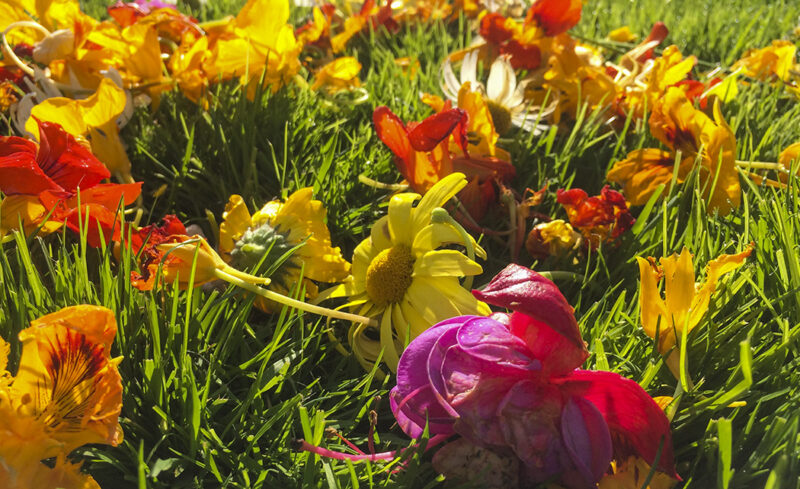
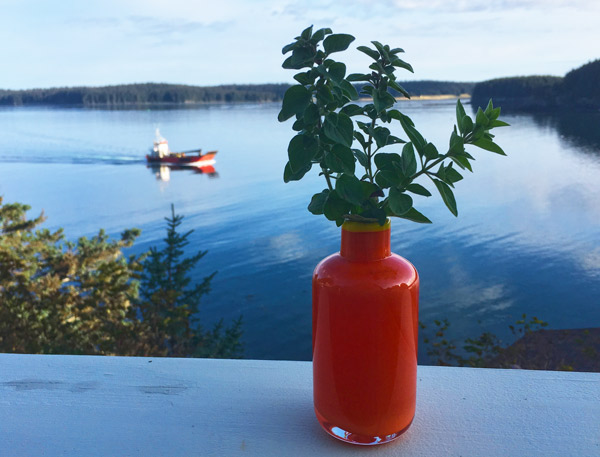
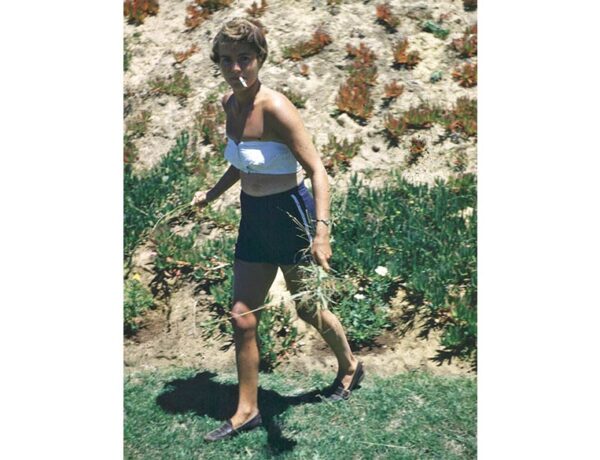
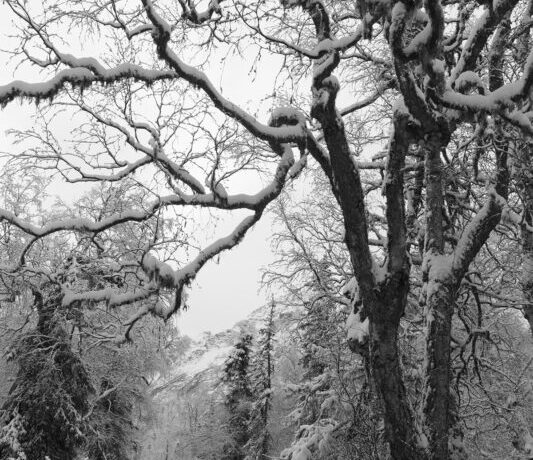
No Comments
Leslie Kerr
September 24, 2015 at 10:07 AMAh, Fall! I love Fall garden “chores”. And I love the way you write about your garden, gardening, and general goodness, Marion. Nourishing…. on so many levels. Thank you for brightening my day.
marionowen
September 24, 2015 at 10:10 AMI agree… fall gardening chores are extra special. Is it the light, the smells, the passages? I don’t know, but I feel blessed to participate in the cycles. Thanks so much for saying hello and sharing your thoughts, Leslie. Cheers and hugs from Kodiak!
Linda
September 23, 2015 at 7:47 PMMarion – I always look forward to your posts and your pictures. You, my dear, are a true inspiration.
marionowen
September 23, 2015 at 8:49 PMThank you, Linda. You are very kind. Here’s to the pleasures of gardening everywhere!
patricia hester fry
September 22, 2015 at 6:01 AMReally refreshing… your shares!! Thank you!
marionowen
September 23, 2015 at 8:48 PMYou are most welcome! Thanks for stopping by…
daryleone
September 21, 2015 at 3:29 PMHi Marion,
Dig potatoes by hand? Here in Vermont, where you must pay to trade-in tires, we stack the used ones up with potatoes growing inside. Mini-Morris tyres are good for a 5-pound bag. Over-the-road 18 wheeler tires can be good for 50 pounds or more. Harvest? Lean agin the pile until it tips over.
Daryle in VT
marionowen
September 22, 2015 at 8:03 AMBrilliant, Daryle. I love to use my hands that way; and to invite friends over to help. You know, I did grow them in tires when we lived on a different lot. But the raised beds work better here, on this cliffside property.
Candy
September 21, 2015 at 2:33 PMThank you, Marion!
marionowen
September 22, 2015 at 8:03 AMOh, my dear Candy, you are most welcome!
marionowen
September 21, 2015 at 2:09 PMOh hey, thank YOU Bonnie! I hope you enjoy the autumn, soon to be announced by the equinox. I’m hoping for some northern lights!
Bonnie Elsensohn
September 21, 2015 at 2:02 PMWhat a lovely column for the end of summer. Thank you, Marion.
marionowen
September 22, 2015 at 8:06 AMAh, yes. Fall is around the corner. A favorite time of year for light, smells, changes… Thank you Bonnie, again.